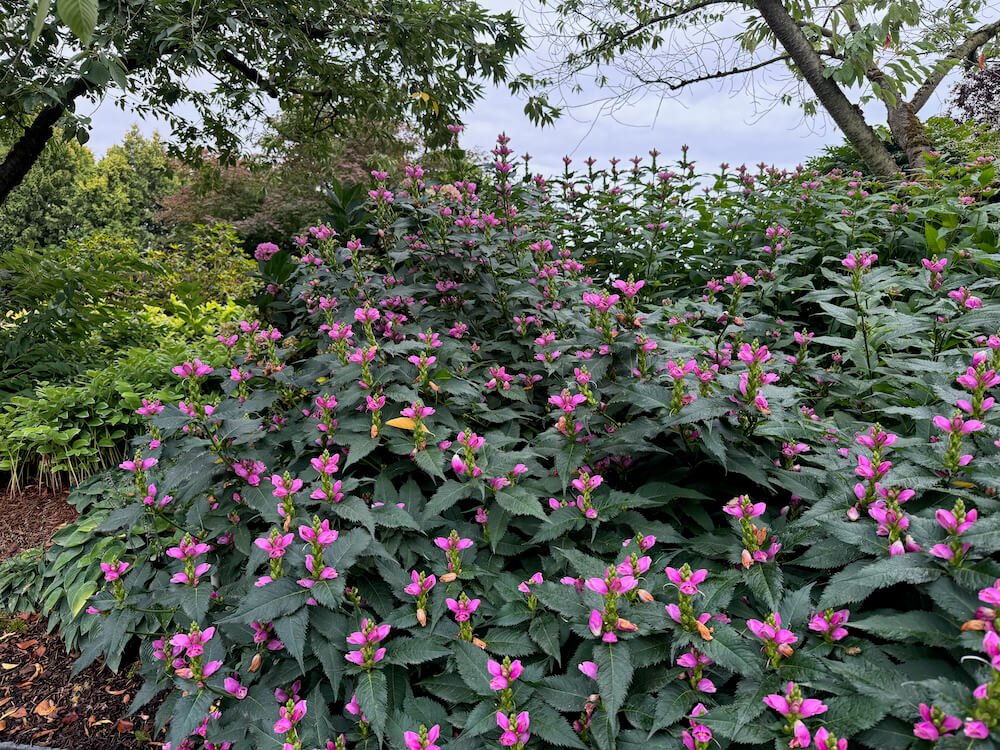 Image 1 of 4
Image 1 of 4

 Image 2 of 4
Image 2 of 4

 Image 3 of 4
Image 3 of 4

 Image 4 of 4
Image 4 of 4





Primula japonica | Candleabra Primrose
DESCRIPTION
Primula japonica, native to Japan's moist wooded areas, is prized for its stunning floral display. Forming clumps of basal leaves, it produces tall stems with whorls of vibrant flowers in shades of pink, red, purple, and white from late spring to early summer. The lush, green foliage provides an attractive backdrop for the tubular flowers, which are arranged in dense, spherical clusters atop sturdy stems. Ideal for woodland gardens or areas with filtered sunlight, this low-maintenance plant adds a burst of color with minimal care.
DESCRIPTION
Primula japonica, native to Japan's moist wooded areas, is prized for its stunning floral display. Forming clumps of basal leaves, it produces tall stems with whorls of vibrant flowers in shades of pink, red, purple, and white from late spring to early summer. The lush, green foliage provides an attractive backdrop for the tubular flowers, which are arranged in dense, spherical clusters atop sturdy stems. Ideal for woodland gardens or areas with filtered sunlight, this low-maintenance plant adds a burst of color with minimal care.
DESCRIPTION
Primula japonica, native to Japan's moist wooded areas, is prized for its stunning floral display. Forming clumps of basal leaves, it produces tall stems with whorls of vibrant flowers in shades of pink, red, purple, and white from late spring to early summer. The lush, green foliage provides an attractive backdrop for the tubular flowers, which are arranged in dense, spherical clusters atop sturdy stems. Ideal for woodland gardens or areas with filtered sunlight, this low-maintenance plant adds a burst of color with minimal care.
-
Family: Primulaceae
Height: 12-18 inches
Width: 12-18 inches
Foliage Color: Green, slightly hairy texture
Flower Color: Shades of pink, red, purple, and white
Bloom Time: Late spring to early summer
Light Requirements: Partial shade
Water Requirements: Consistently moist soil, especially during hot, dry weather
Maintenance: Low; little to no pruning, occasional fertilization
Growing Zone: USDA zones 4-8
Wildlife Attractors: Attracts bees, butterflies, and other pollinatorsThis plant can be seen in the perennial border at the Bellevue Botanical Garden and at the Washington Park Arboretum.


















